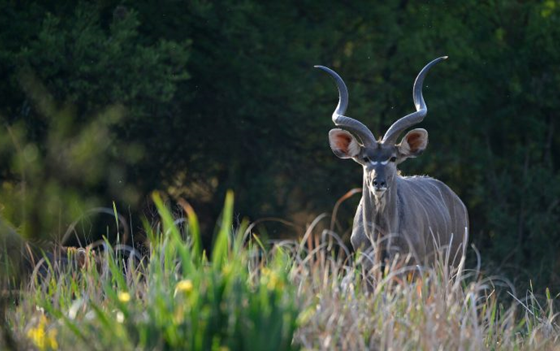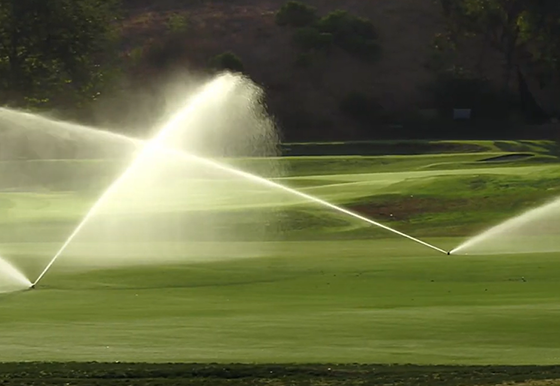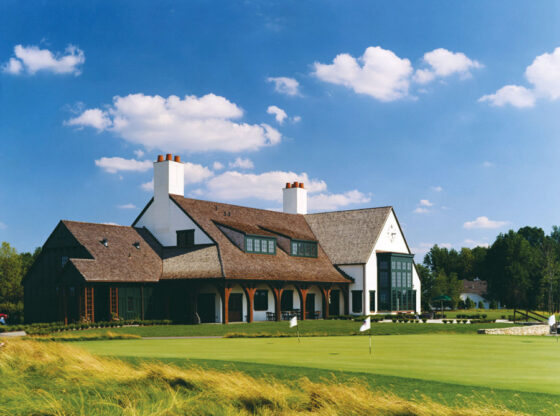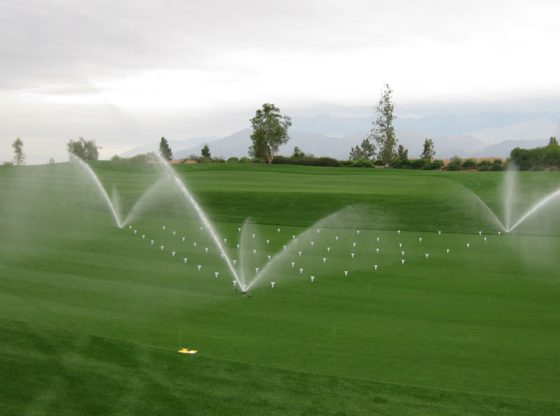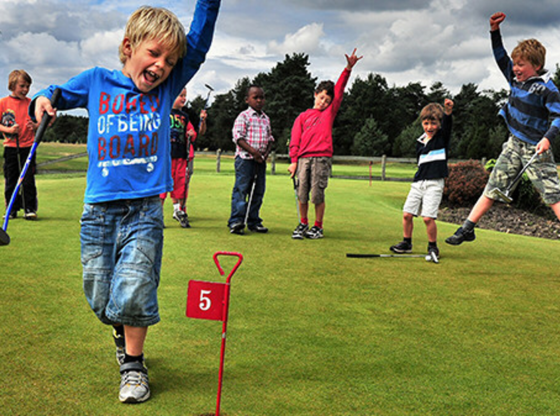Many golf courses are completely surrounded by neighborhoods or even industrial areas, yet they support a wide variety of wildlife. From aquatic to woodland, golf courses are havens for many plants and animals not commonly seen in the surrounding areas.
Golf Courses as a Wildlife Haven
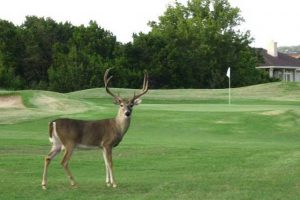 Habitat destruction causes more stress for wildlife than other issues. Obviously golf courses provide a protected and enticing environment for many species. National Geographic did a series on global water issues and found golf course ponds support a healthier and more diversified population of aquatic species than even farm and neighborhood ponds.
Habitat destruction causes more stress for wildlife than other issues. Obviously golf courses provide a protected and enticing environment for many species. National Geographic did a series on global water issues and found golf course ponds support a healthier and more diversified population of aquatic species than even farm and neighborhood ponds.
These findings challenged beliefs many environmentalist hold. Instead of deriding courses as poor environmental neighbors, some scientists are now seeing them as a potential oasis for struggling species of plants, animals, insects, and birds. If managed correctly it appears golf courses can be a partner helping our wildlife flourish.
Researchers found golf courses more ecologically valuable than farmland in 65% of the comparisons. Even more surprising, golf courses outdid state parks and nature preserves in almost half the comparisons.
Johan Colding of the Beijer Institute of Ecological Economics in Stockholm, says a lot of credit goes to the Superintendents and their staff. While maintaining the course, Superintendents have learned how to provide a balance. A balance is achieved between the play and aesthetics desired and provide productive habitat for wildlife in return.
Coldings points out, “When you watch on TV, you see fairways, because professional golfers play so well, but there’s lots of out-of-bounds areas that are wild.” Because only about 30% of a typical golf course property is playable, much remains as water, forest, and other natural areas.
Davidson College herpetologist, Jacquelyn Guzy, stated, “There’s potential for courses to be a really good habitat if they manage properly,” and feels this brings hope for many struggling species.
The Other Opinions
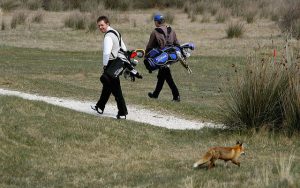
Nay-sayers worry this good news about golf courses will encourage people to develop natural areas into courses. Obviously, nobody in our industry is saying we should flatten ancient woodlands of fill in marshes to build courses. (Besides, few new courses are being built and that doesn’t look to change for many years)
Poor environmental management can be very destructive for wildlife. However, poor management is also bad for the golf course. In an age where costs must be reduced and controlled, more chemicals and labor is as unhealthy for course profitability as it is for wildlife.
Courses lined with homes tended to not be as wildlife friendly. Obviously there are more people at all hours of the day so the environment is more suburban than park-like. The use of naturalized areas between the course and the homes, as is the trend, mitigates these issues.
“Many people like playing golf because they like to spend time outside,” says ecologist David Steen of Virginia Tech. He adds a more natural golf environment is beneficial to all species, including the special breed known as golfers.




